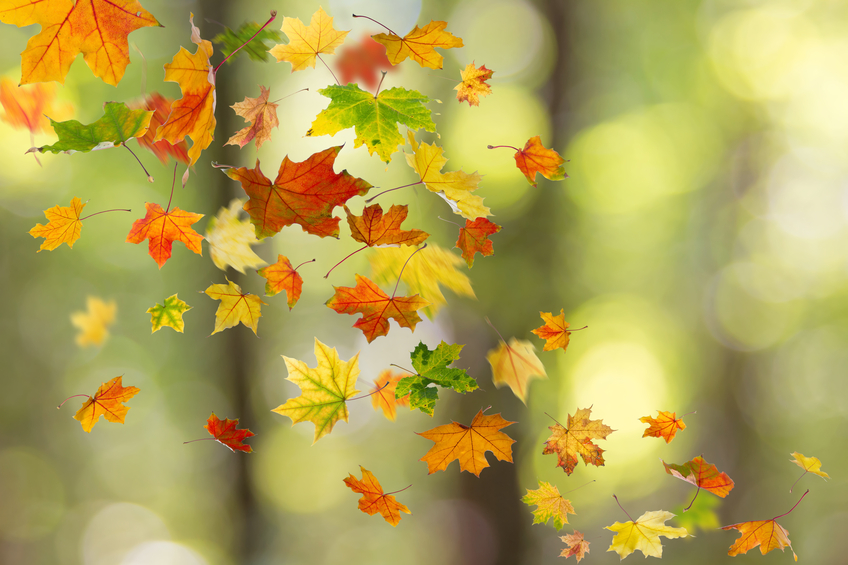With the changing of the seasons, we are frequently compelled to rush to finish a punch list of tasks that may include clearing the yard of leaves, putting away the outdoor furniture, cleaning the gutters or making sure the snowblower is in working order. And despite our best efforts to “use our legs” to lift and take frequent breaks, Sunday evening presents many older adults with more than a few aches and pains. For many, the discomfort that can result from a productive weekend is centered in the lower back.
If you are experiencing low back pain after a busy afternoon in the yard or in the garage clearing a space for the car this winter, you are not alone. About 80 per cent of adults experience low back pain at some point in their lives and with age, it is common for the wear and tear on joints, discs and bones in the spine to occasionally cause discomfort.
Low back pain that does not resolve after a few weeks should be checked by a doctor. Hot or cold packs may be used to improve mobility or reduce inflammation and over-the-counter pain medication may relieve discomfort and help reduce swelling but should always be reviewed by a pharmacist to prevent drug interactions.
According to the National Institute of Health, while you may need to avoid activities that aggravate pain, bed rest is not recommended for back pain and can cause joints to stiffen, lead to loss of muscle tone and allow blood clots to form in the legs. Instead gentle stretching and exercises, as prescribed by a doctor or physical therapist, can be beneficial.
To help prevent low back pain from occurring in the first place, remember to stretch and warm up before strenuous activity, sit and stand with good posture, wear supportive low-heeled shoes, lift properly, maintain a healthy weight and stop smoking, which can reduce blood flow to the lower spine and increase the risk of osteoporosis.
For a slide show illustrating proper lifting techniques, visit the Mayo Clinic website by following this link.






Add Your Voice
0 Comments
Join the Discussion